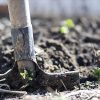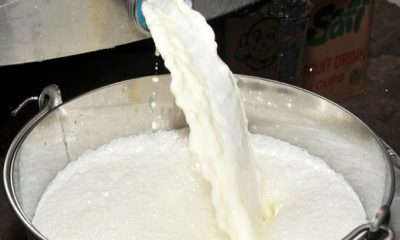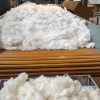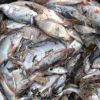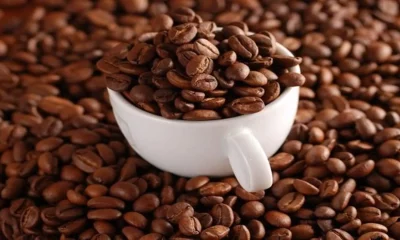In a recent study conducted by Makerere University Economic Policy Research Centre (EPRC), Bunyoro sub-region has taken the lead in Uganda’s sugarcane production.
The findings reveal an impressive total cane yield of 45 metric tonnes per acre in Bunyoro, nearly doubling that of Busoga at 24 metric tonnes and Buganda at 27 metric tonnes.
This remarkable achievement is not solely attributed to yield but also to input costs. Bunyoro outshines the competition with input costs amounting to Shs17 billion, while Busoga and Buganda lag behind at Shs92 billion and Shs37 billion, respectively.
The EPRC study highlights the astounding growth of Uganda’s sugarcane industry, which has seen production increase three-fold over the past two decades, surging from approximately 1.5 million tonnes in 2000 to a staggering 5.8 million tonnes in 2020.
This rem growth is largely attributed to the expansion of harvested land, ballooning from 20,000 hectares in 2005 to an impressive 81,000 hectares in 2020. Furthermore, the expansion of mills in Bunyoro, particularly Kinyara Sugar, has attracted new sugarcane cultivators.
The EPRC conducted its study using primary data collected through household and community surveys carried out between November and December 2021. A total of 1,771 households participated, with 1,179 being cane growers, and 72 community interviews were conducted across 12 sugarcane-producing districts in Busoga, Buganda, and Bunyoro.
In addition to quantitative surveys, the research also incorporated data from focus group discussions and key informant interviews.
Moses Isoko Kalyegera, the commercial officer responsible for local government, attributes Bunyoro’s sugar production growth to the increased number of factories in the region, including Kiryandongo Sugar, Hoima Sugar, and Kinyara. Kinyara alone boasts around 7,300 registered outgrowers in the area.
Aldon Walukamba, the Corporate Communications Officer at Kinyara, explains their investment in a three-tier nursery program aimed at improving cane yield through a clean seed mechanism.
He further reveals that agricultural inputs, such as bio-products like fertilizers and pesticides, pest control agents, chemical fertilizers, and herbicides, are provided to out grower farmers on a loan basis.



